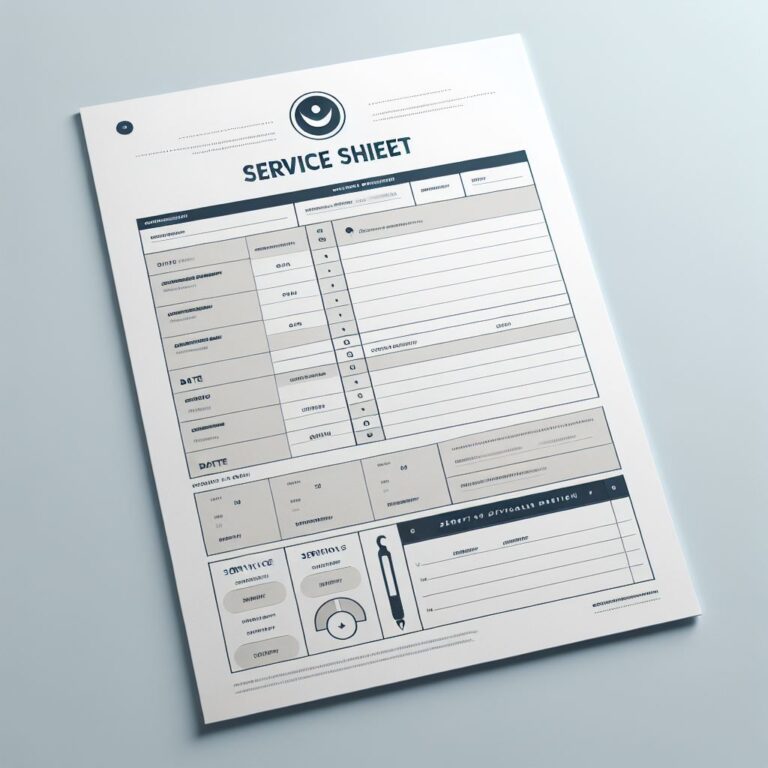In SAP, within the different purchasing sections, we have the management of services performed by suppliers and charged to purchase orders.
The services actually rendered (work actually performed) by a service provider are recorded on a Service Entry Sheet with reference to the purchase order.
We can access a service record by the SAP Tree within the GUI commands (ML81N) or by the tree:

You can enter both planned and unplanned services:
- Planned services
It can be adopted directly on the entry service sheet.
- Unplanned services
They are not accurately described, quantified, or quoted until the actual work performed is entered. The system verifies whether unplanned services fall within the limits established in the purchase order.
When creating an incoming service sheet, you have the following options:
- You can create an empty service record by clicking on
.
- You can create an incoming service sheet that includes the planned services from the purchase order by default. You can determine suggested quantities from the purchase order by specifying percentages. (Input sheet Create with planned services ).
- You can configure the services listed in the input sheet according to the model specifications ( Entry sheet Create with configuration ).

In this service sheet as such, from creation from scratch or from planned, we can have different parameters already defined by the supplier.
Basic Data Tab:
The charges against the person who is serving are indicated:

The rest of the fields that we have parameterized are filled in:

At the bottom, we'll have updated the fields that indicate the service, including whether it's scheduled or not, whether it has a deletion indicator, what it consists of, etc.

We must keep in mind that ECC is gradually being phased out and that new databases will be implemented in SAP, making the system obsolete and unable to keep up with the pace of change required. You must make a decision among the many options regarding the future of your SAP environment. Your hosting options include:
- Maintain your on-premise systems.
- Transfer existing SAP workloads and data to a cloud-native deployment.
- Adopt RISE with SAP subscription services hosted in the cloud of the hyperscaler of your choice.
Additionally, you must decide whether to opt for a conversion or implementation strategy for SAP S/4HANA, either adopting a completely new approach or a brownfield or bluefield path to improve existing systems. It's necessary to analyze and find appropriate solutions for new SAP solutions.

SAP's service management software is uniquely positioned to facilitate a service transformation that meets strategic and operational objectives. At SAP, we empower companies to deliver superior customer experiences by innovating services; creating flexible processes; understanding and acting on customer, partner, and employee sentiment; and managing environmental impact—so they can grow to be more resilient, profitable, and sustainable.
Discover our SAP training
Find out everything on our blog and train in SAP with our Sap S/4Hana Finance Official Certificate.


































